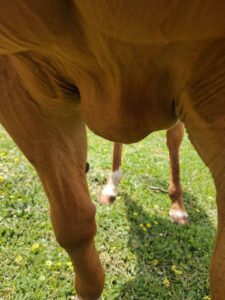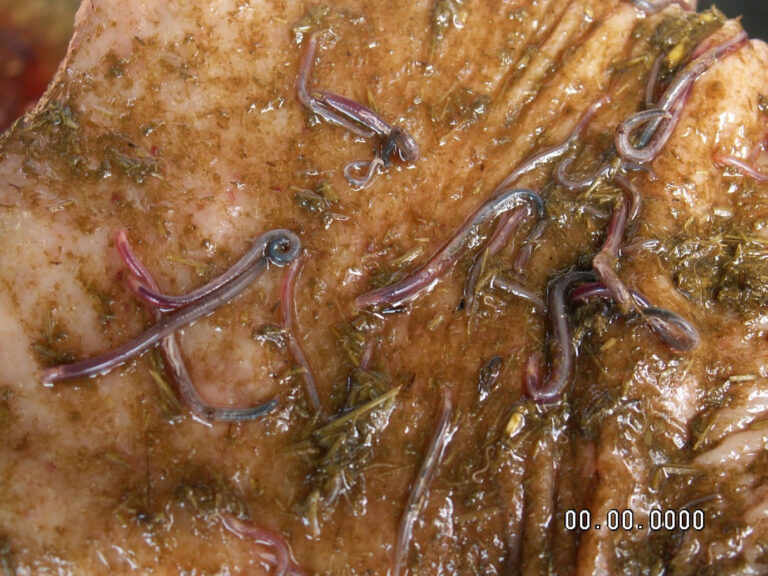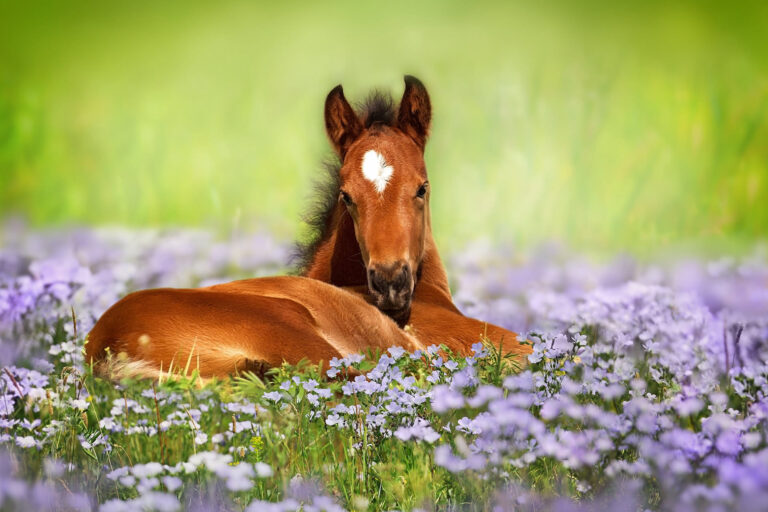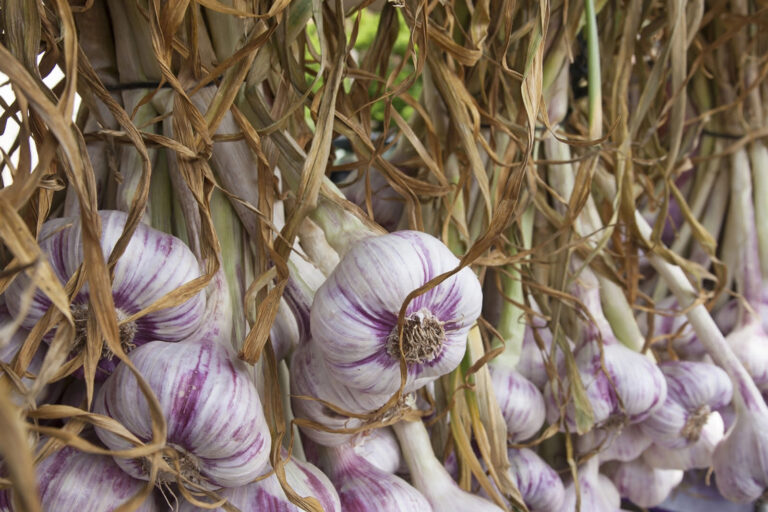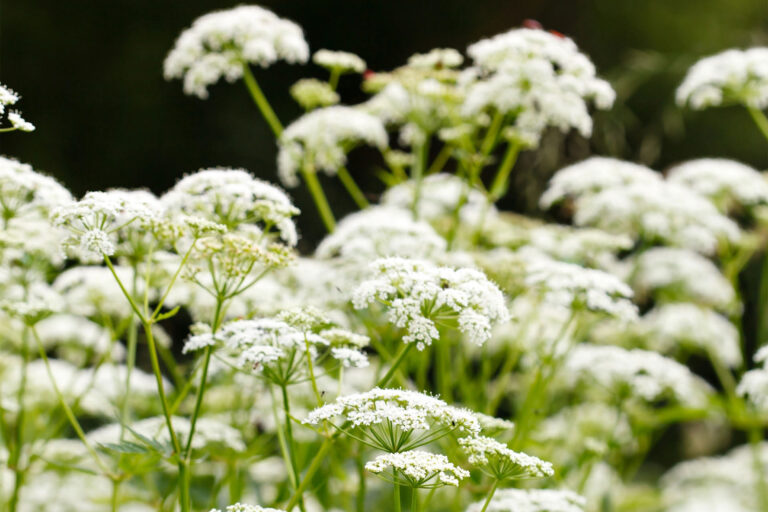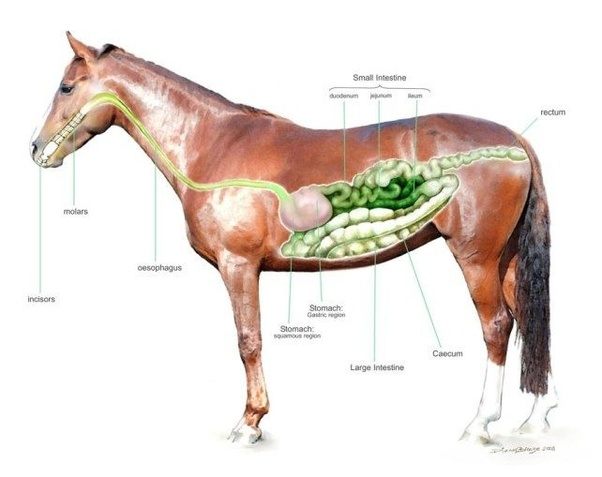Hoof Abscesses In Horses
In this blog we will discuss the following important aspects of understanding and treating hoof abscesses in horses and present two interesting case histories.
Causes & Symptoms of Hoof Abscesses in Horses
Sudden and extreme lameness is the usual symptom of a hoof abscess, together with a digital pulse and heat in the hoof. Abscesses develop from wall separation, punctures of the sole, subsolar bruising, corns, close nails, and dirty/wet environments. Also may occur after Laminitis when the hoof wall has become compromised.
Some horses are prone to them without obvious cause. The lameness is caused from the pressure in the hoof caused by the build up of infected material (pus).
How to Treat Hoof Abscesses in Horses Naturally
Home Remedies and Poultices
Ideally your farrier/trimmer should inspect the hoof to try to release the infection by making a very small drainage hole. This is not always possible as the infection may be making its way towards the coronet band where it will break out.
DO NOT ALLOW ANYTHING BUT A VERY DISCREET PARING OF THE AREA TO MAKE THE DRAINAGE HOLE OR THE SENSITIVE TISSUE CAN BE DAMAGED SOMETIMES IRREPARABLY. AT THE VERY LEAST THE HORSE WILL BE SEVERELY LAME FOR A LONG TIME WHILE HOOF TISSUE REGENERATES.
Whether there is a drainage hole or not, hot tubbing and poulticing is always beneficial to draw toxins out and provide pain relief. Shoes should be removed. Add a good handful of Epsom Salts to 5 litres of hot (not boiling) water in a wide mouthed rubber bucket and stand the horse’s foot in this for 20 minutes, once or twice daily. If there is a drainage hole, after hot tubbing, stand on old towels to dry off, then syringe with straight 6% Hydrogen Peroxide then Castor Oil. Then poultice with Marshmallow Root Powder or Slippery Elm Bark Powder mixed into a paste with water, then bandage the whole foot over a disposable nappy to prevent dirt from entering or you can use a boot instead or in addition.
Add rose hips and garlic to the feed at double the usual feeding rate and continue oral and topical treatment until the horse is sound. Trying to treat abscesses with penicillin is futile as it does not penetrate the hoof capsule whereas garlic does while the rosehips stimulate circulation.
Recurring Hoof Abscesses in Horses
Horses prone to repetitive abscesses or abscesses which are slow to heal need a full blood cycle (12 weeks) of blood cleansing herbs to prevent recurrence. The VF BC Formula contains Echinacea, Garlic, Nettles, Rue, Red Clover, Rosemary, St John’s Wort and St Marys Thistle is available from Walkenny Park Equine Herbs.
Often this will drive further infection out as in further abscesses during the course of treatment or the infection may resolve through the bloodstream, or both. This very effective liquid extract formula can also be used for immediate treatment of abscesses together with topical treatment as outlined.
Case History
Harry an off the track Thoroughbred as a young horse had repetitive abscesses. Initially he received a course of herbal blood cleansing during which time he broke out in further hoof abscesses as well as an abscess under the neck which was somewhat of a shock as he certainly did not have Strangles. This proves how important it is to treat hoof abscesses systemically through the blood as well as topically and not just concentrate on the hoof itself. Harry was abscess free for more than 10 years, when he started getting them again. These were resolved within a few days by immediately treating with the blood cleansing formula as well as the hot tubbing procedure already explained.
If infection is not fully resolved, even though it appears to have been, abscesses can be a site for unexplained soundness problems in the same hoof, sometimes years down the track. This is why a horse may still be lame even after an abscess has burst out through the coronet band.
There is no point in trying to relieve the pain of a hoof abscess with anti-inflammatory drugs or herbs, as the pain is caused by the pressure in the hoof capsule from the infection (pus).
Herbs for Treating Hoof Abscesses in Horses
The herbs in the blood cleansing formula work together to resolve the infection through the blood stream. Echinacea and Garlic are both effective against many strains of bacteria usually associated with hoof abscesses. Echinacea is also an immune system stimulant. Nettles and Rue are metabolic partners with Nettles affecting the arterial circulation and Rue the venous return so together they stimulate normal circulation and are both also powerful blood cleansers. Red Clover is yet another blood cleanser being highly anti-bacterial and anti-cyst so actively removes infection from the blood. Rosemary is a wonderful circulatory stimulant while St John’s Wort is a superior blood cleanser and finally St Marys Thistle is a strong detoxifier for the liver which is central to healing of all infections.
Case History with Denise Farrugia
On the 18th December 2024 a client’s horse “Wally” had developed a chronic infection in a front hoof.
Wally is very lucky to be still with us as the infection had ascended up his leg and was causing oedema in between his front legs. With the help of our local vet to provide immediate treatment, which was followed by my prescribed herbs and feeding Wally a natural diet, we were lucky enough to turn Wally around and thankfully he is still with us today. Today 3 ½ months later the hoof has grown down, and he is no longer lame. He can freely walk, trot and canter.
This started out as an abscess, which burst out of the coronet band but the horse was left in a paddock where he was able to walk into a muddy creek. As a result, the abscess in the hoof turned into an ascending chronic infection. This clearly shows that abscesses are not confined to the hoof which is a popular misconception.
Vet treatment was 20ml of penicillin twice a day for 5 days straight along with having his hoof soaked in a good handful of Epsom salts and hot water to try and draw out the infection. This was done twice a day and then poulticed and bandaged to prevent dirt entering the hoof.
Herbal treatment commenced after the course of penicillin. The blood cleansing formula (stated above) was syringed over his tongue twice a day for 3 months which is a full blood cycle. Following the poulticing Walkenny Park Total Hoof Repair was applied to all of his hooves daily.
It’s important to note that his hooves were cracked and also had some wall separation, which allowed the infection to enter the hoof capsule. The penicillin was needed initially because of the infection ascending from the hoof.
Wally was also fed a natural diet of 5 litres combo chaff, 2 cups boiled barley, 1 cup of W P Equi-Vital, plus extra Rosehips daily as well as meadow hay ad lib. He is now a picture of health and his hooves are in good order.
Abscesses in Horses with Cushings aka pituitary pars intermedia dysfunction (PPID)
Hoof abscesses are common in horses with late stage Cushings, due to the immune system being compromised. The blood cleansing formula discussed above is useful for these horses but it is also essential for them to be treated with herbs for the endocrine and immune system. Walkenny Park’s principal Denise Farrugia is a qualfiied equine herbalist and can prescribe herbs for this condition.



